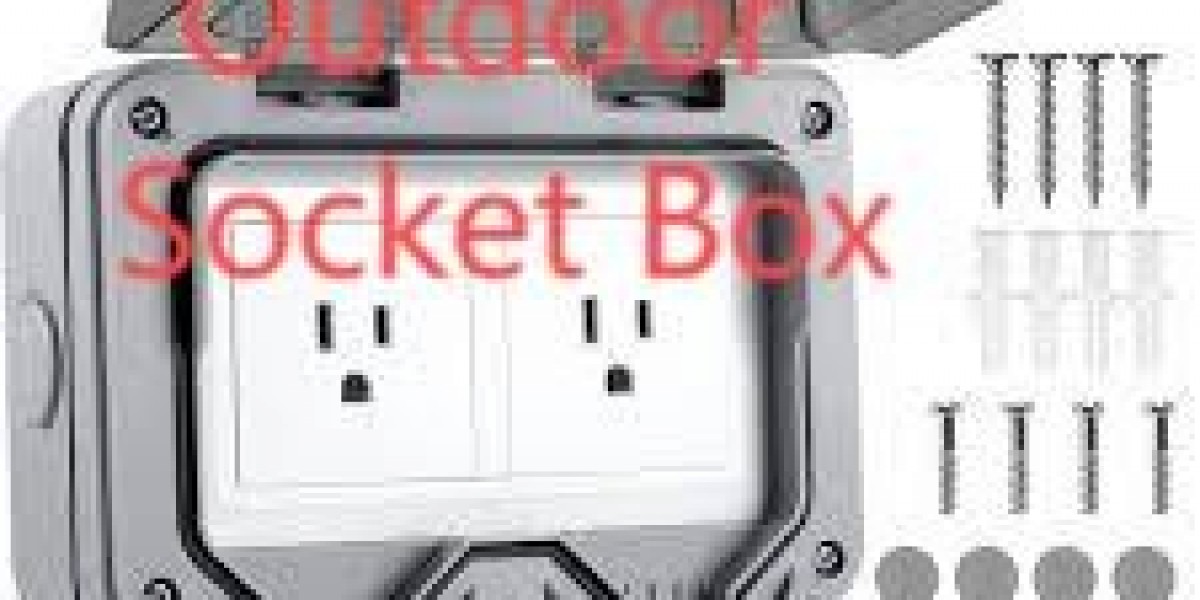A well chosen Outdoor Socket Box installed with care protects circuits from moisture and mechanical damage, and a properly maintained Outdoor Socket Box reduces the likelihood of unscheduled repairs and safety incidents. This guide explains practical selection, installation, and maintenance practices installers and facility teams can apply to get reliable performance from outdoor power enclosures.
Know the common failure mechanisms so you can design them out. Water ingress through poor cable entries, mechanical damage from impact or vibration, and galvanic corrosion between dissimilar metals are frequent culprits. Thermal cycling and ultraviolet exposure also degrade seals and plastics over time. By assessing the installation site up front and addressing these risks in the specification and mounting plan, teams prevent many common problems before they start.
Choose materials that match the environment. In coastal or chemical atmospheres, prioritize corrosion resistant metals or high performance coatings. In high UV regions select polymers rated for prolonged sunlight exposure to avoid embrittlement. Consider fastener materials and finishes as well, because small components often determine long term resistance to rust and seizing. Evaluate sample parts in situ when possible to verify material choices under real conditions.
Plan cable entry and strain relief carefully. Properly rated glands that match conductor diameters and thread standards preserve seal integrity. Avoid forcing oversized cables through undersized openings which pinches seals and creates micro paths for moisture. Provide strain relief so cable movement is not transmitted to terminal blocks, and consider protected routing such as conduit or trunking where cables face abrasion or mechanical hazard.
Mounting location and orientation make a measurable difference. Place enclosures where water will not pond and where direct spray from irrigation or runoff is minimized. Elevate units above grade to reduce splashback and debris accumulation. When possible, locate boxes beneath modest overhangs or eaves for additional protection. Ensure mounting points use appropriate isolation to prevent galvanic corrosion and verify the supporting substrate is structurally sound.
Gasket selection and compression method matter. Gasket compounds should remain flexible across the expected temperature range and resist common contaminants. The lid closure system must provide uniform compression without over tightening which shortens gasket life. Captive fasteners and hinge systems that maintain alignment reduce wear and ease routine access while preserving sealing performance.
Internal layout improves safety and serviceability. Keep live terminals shielded and route conductors to avoid crossing working areas. Use clear labeling for circuits and protective devices so technicians can work quickly and with confidence. Reserve space for future additions; modular backplates or removable subplates permit upgrades without disturbing the main seal.
Commissioning tests and routine inspections catch problems early. After installation confirm earth continuity, insulation resistance, and protective device operation. Thermal scans under load help identify loose connections or overloaded circuits. Schedule periodic inspections to check for gasket degradation, loose fasteners, corrosion, and cleanliness of venting or drainage features. Replace consumables on a preventive timeline rather than waiting for failure.
Provide clear documentation and training. A short commissioning checklist, torque recommendations for glands and fasteners, and a maintenance schedule standardize workmanship across teams. Train installers on correct sealing techniques, gland installation torque, and safe access distances. Maintain a small stock of frequently used spares such as gaskets, glands, and fasteners at service hubs to enable quick repairs.
Choose practical accessories that reduce lifetime costs. Lockable hasps improve security, transparent windows allow visual checks without opening, and internal cable management clips speed service. Removable mounting trays and standardized gland plates reduce installation time and the risk of compromising seals during future work.
Use a pragmatic combination of good materials, sensible mounting, careful cable entry, and scheduled maintenance to maximize uptime and reduce lifecycle costs for outdoor power installations. Consistent procedures, simple tests, and small inventories of spares pay for themselves through fewer callouts and longer service life. For product information and accessories visit www.nante.com/product/






























